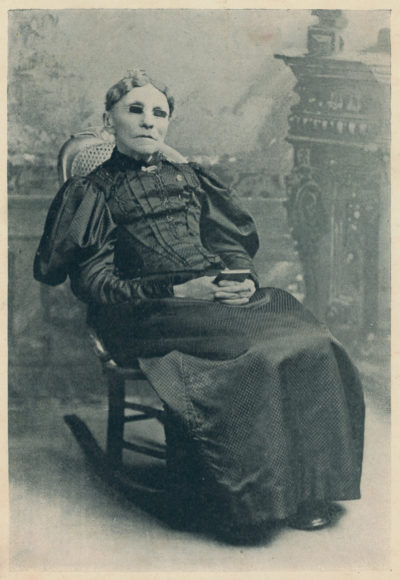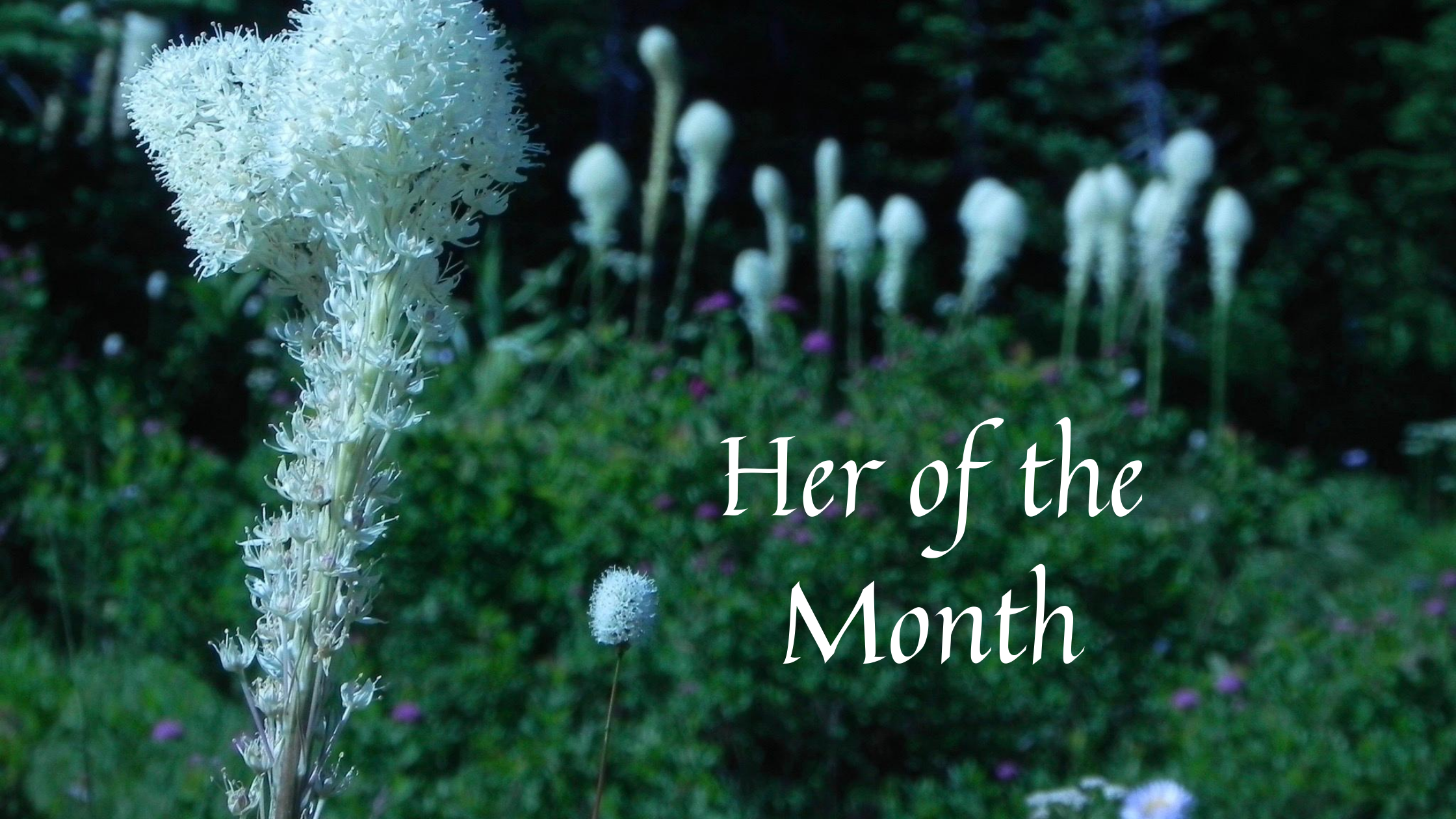 Fanny. Crosby, 1820-1915, wrote well over 9,000 hymns during her life. Her songs include titles that you have probably sung: “All the Way My Savior Leads Me,” “Blessed Assurance,” “He Hideth My Soul,” “Redeemed,” “Safe in the Arms of Jesus,” “Tell Me the Story of Jesus,” and “To God be the Glory.” She was so prolific that she often used one of her 200+ pseudonyms.
Fanny. Crosby, 1820-1915, wrote well over 9,000 hymns during her life. Her songs include titles that you have probably sung: “All the Way My Savior Leads Me,” “Blessed Assurance,” “He Hideth My Soul,” “Redeemed,” “Safe in the Arms of Jesus,” “Tell Me the Story of Jesus,” and “To God be the Glory.” She was so prolific that she often used one of her 200+ pseudonyms.
Her name was known by most Americans in her era. She was the first woman to address the US Senate. She met 22 US presidents and many other dignitaries throughout her life, and, in her later years, served as a home missionary. She chose to live in the slums, often experiencing poverty because of her generosity to people in need. She volunteered in rescue missions and prisons and spoke up for the downtrodden to groups in churches, YMCAs, and. other settings.
But Fanny Crosby had some serious trials in her own life.
- When she was six weeks old, she caught a cold that settled in her eyes. The treating physician, who turned out to be a quack, used mustard poultices on her eyes, which caused her to go blind.
- When she was six months old, her father died, forcing her mother to go to work.
- At five, Fanny and her mother traveled from Putnam County, NY to New York City to see an eye specialist who said that her vision loss was permanent.
- Fanny and her husband, Alexander Van Alstyne, had one child, a girl, who died in infancy.
As a child, Fanny had come to accept her blindness as a gift. She had a remarkable memory (she began memorizing five chapters of the Bible every week when she was ten and learned the first five books of the Old Testament, the books of Proverbs and Song of Solomon, various Psalms, and all four Gospels) and a love of poetry. Her first poem, written when she was eight years old, gives an insight into her outlook on life:
Oh, what a happy soul I am,
although I cannot see!
I am resolved that in this world
Contented I will be.
How many blessings I enjoy
That other people don’t,
To weep and sigh because I’m blind
I cannot, and I won’t!
When Fanny was 15 she moved to New York City to enter the New York Institution for the Blind, where she studied for eight years as a student and two more years as a graduate pupil, then was hired as a teacher. She taught there until age 38, when she married Alexander Van Alstyne, a blind musician who had also been a student at NYIB.
Two experiences Fanny had while working at the Institution stand out as significant in her life. In 1844 she took her first trip to Washington DC with a small group of students representing the school, and she addressed the Senate. It was the first of many public appearances where she read her poetry and/or addressed a crowd.
The other event changed her life. In 1848 a cholera epidemic swept through New York City. Rather than fleeing the city when classes were closed, Fanny stayed to help nurse those who got sick. In the process, Fanny also got cholera. When at last the epidemic was over, there was a heightened sense of spiritual hunger in the city, and in Fanny’s own heart. She began regularly attending revival meetings and one evening she went to the altar and gave her life wholly to Jesus. Though she had memorized so much Scripture and had served others, she did not have the assurance that she longed for—a personal experience with the Lord—until that night.
 Fanny had written many hundreds of secular poems, but now she began in earnest writing poetry that spoke of spiritual things. She often wrote six or seven hymns a day, far more than her publisher asked for. Since she did not read or write, she composed her poems entirely in her mind, not speaking them aloud until she had completed them. Then she would recite them for someone to transcribe. Can you imagine having all the verses of six or seven songs in progress in your mind all at the same time, keeping them straight, and remembering each one in its entirity!
Fanny had written many hundreds of secular poems, but now she began in earnest writing poetry that spoke of spiritual things. She often wrote six or seven hymns a day, far more than her publisher asked for. Since she did not read or write, she composed her poems entirely in her mind, not speaking them aloud until she had completed them. Then she would recite them for someone to transcribe. Can you imagine having all the verses of six or seven songs in progress in your mind all at the same time, keeping them straight, and remembering each one in its entirity!
Her songs were written for the people, average folks, to draw them to Christ and help them experience God’s grace. Her poetry did not rival the classics, but it spoke to people’s hearts. And it still does so today. Both the 1951 and the 1996 denominational hymnals that I own feature 17 of her hymns.
In 2000, 85 years after her death, Stephen Kelley, an entrepreneur and collector of antique hymnals, discovered an additional 2,700 unpublished hymns by Fanny Crosby in an archive at Wheaton College. You can read the story here. In 2015 an album was released called Fanny Crosby: Blessed Assurance featuring several of these songs. They’ve have been set to music in styles that will reach the hearts of people today.
I want to share two of Fanny’s songs. The first is one most churches have sung since its publication in 1875. You likely know it and may find yourself singing along.
The second video is of one of her songs recently found. I think Fanny Crosby would be blessed by it.





Leave a Reply